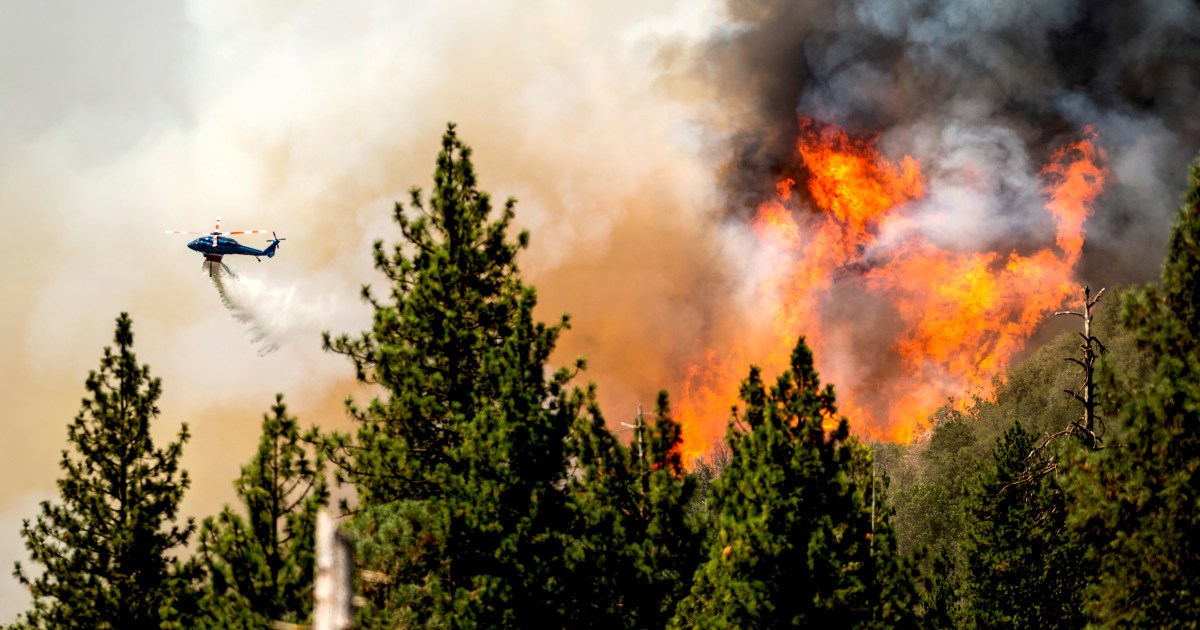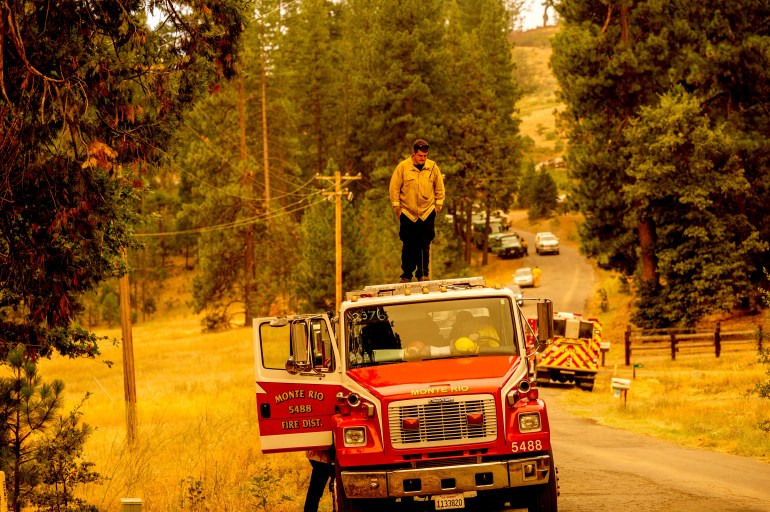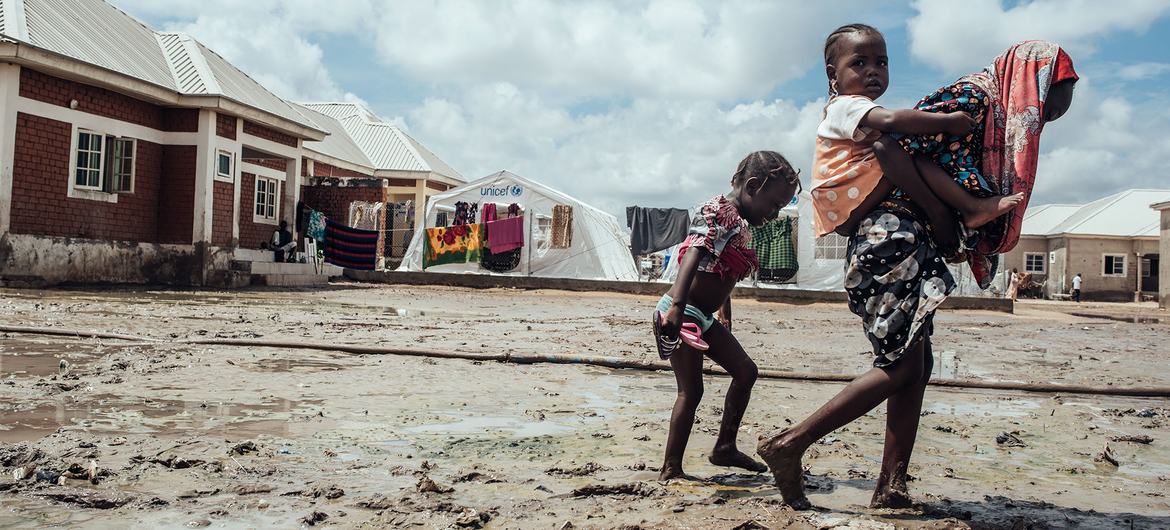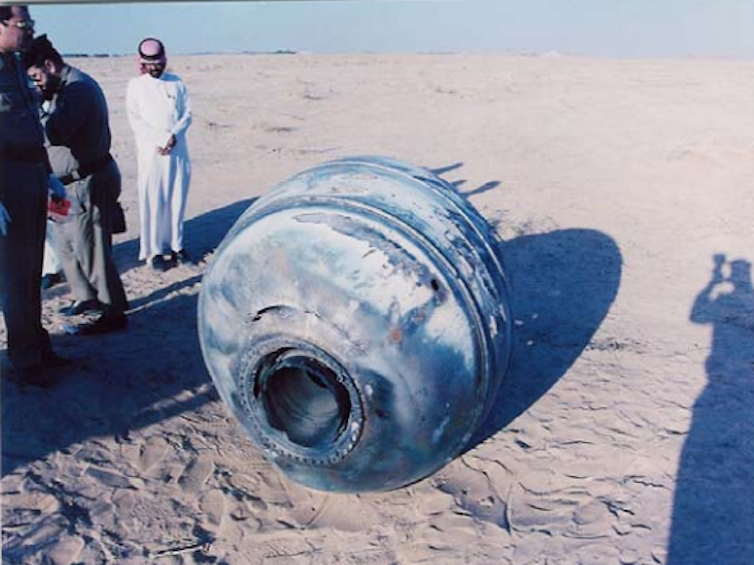[ad_1]

A former Minister of Transportation and presidential aspirant of the All Progressives Congress, Rotimi Amaechi, came under fire on Monday over his allegation that delegates who voted at the APC primary were bribed to influence the outcome of the convention.
Amaechi had further claimed that many of those who were induced with money have since regretted their action.
He made the controversial statement at an event to mark the 60th birthday of the General Overseer of Abundant Life Evangelical Mission, Eugene Ogu, in Port Harcourt, Rivers State capital on Saturday.
The standard-bearer of the party, Asiwaju Bola Tinubu, had defeated Amaechi, Vice President Yemi Osinbajo and 12 others to clinch the presidential ticket at the party’s national convention.
Reacting to his scathing remarks, some APC supporters and party chieftains berated the former governor of Rivers State, who they claimed was exhibiting traits of frustration after losing out to Tinubu.
A number of Amaechi’s loyalists have also risen to his defence, stating that the ex-minister did not mention any name while making the conjecture.
Director-General of Asiwaju Tinubu Presidential Campaign Organisation, Adebayo Shittu, said he found the utterances of Amaechi unbelievable.
He said, “Who is regretting what? Can Amaechi isolate himself from those he claimed to have induced delegates for votes? He, just like other aspirants at the APC primaries, cannot point fingers at others without implicating themselves.
“What does he mean by delegates are regretting they collected bribes for votes? Is he indirectly saying the governors who brought them collected bribes and expressing regret too? I wish to have an opportunity to square up with him on this kind of issues.”
“Amaechi’s outburst, just like few other noticeable ones, were obviously done out of frustration. I understand that when one loses an election, one is bound to hold grudges. You can’t rule that out. After all, we are human beings and Nigerians,” he added.
The Ekiti State Coordinator of Tinubu Support Organisation, Gabriel Babalola, also took a swipe at Amaechi and wondered how a former minister believed he could win the battle for the APC presidential ticket without working hard for it.
“Before any of them could wake up, Asiwaju had gone from state to state, from one traditional ruler to another asking for their support.
“How many traditional rulers did Amaechi visit before the convention? How many states did he visit? He must have spoken out of frustration,” Babalola said.
APC’s youngest presidential aspirant, Nicholas Felix, however, called for restraint on both sides.
He said, “Amaechi, like some other aspirants and party members, may not be pleased with the fact that Asiwaju won the elections, especially with the contentious Muslim-Muslim ticket playing out.
“I am quite sure the reaction would have been different if Tinubu didn’t head in that direction. Perhaps, everybody would have been fired up.”
One of Amaechi’s allies and a chieftain of the APC, Chief Chukwuemeka Eze, however said it was unfortunate that Tinubu’s camp took the matter personal.
Eze, a former spokesman of the defunct new Peoples’ Democratic Party, noted that the former minister neither mentioned Tinubu nor name any politician and wondered why he attracted unnecessary criticism from his men.
“Did Amaechi mention anybody’s name when he made that statement? So if Tinubu’s people feel that they are the guilty, it is very unfortunate.
“Everybody saw what happened on that day, and even most of the delegates confirmed that they were given money to vote,” he said.
In a related development, Deputy Publicity Secretary of the APC in Rivers State, Darlington Nwauju, also believed Amaechi was misunderstood.
Nwauju said, “First of all, I was present at that ceremony or the event where he spoke. Now the issue is that he gave an example anybody can give any interpretation. And I hope they also heard when he said ‘please, vote for the APC.’ He said that clearly.
“So, when people take the example out of issues, he contextualised it because he is an APC member. He couldn’t have used the example of the PDP. If he had said those who voted for Atiku Abubakar, they would have said ‘oh, because he wants to join the PDP.’ So he contextualised it.”
All efforts made to reach the APC National Publicity Secretary, Felix Morka, for reaction proved abortive.
As of the time for filing this report, he didn’t answer his calls or reply the SMS.
However, a former Deputy Spokesman of the APC, Yekinni Nabena also hinted that he would be totally disappointed if Amaechi really desecrated the same process he partook at the APC primary.
[ad_2]
Source link















